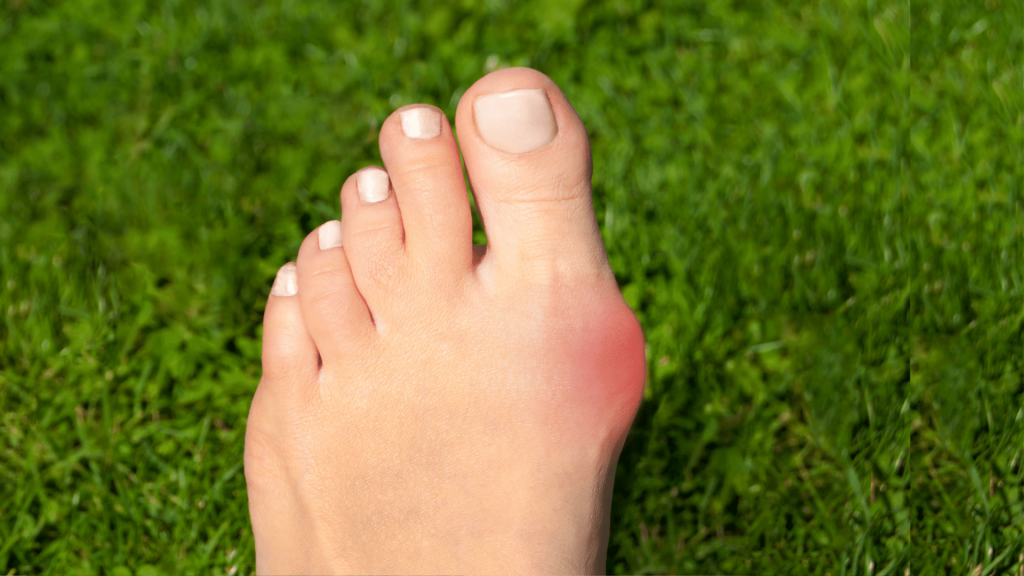Bunions – Hallux Valgus
This is a bump on the side of the big toe, which is associated with swelling, redness and in some cases pain.

How is it caused?
In some people, there is no obvious cause. Some patients have a family history of bunions. Some patients, such as those with flat feet, are at an increased risk of developing bunions.
Though not necessarily always the cause of bunions, tight or poorly fitting shoes can make the symptoms worse.
What are the symptoms?
How is it diagnosed?
Examination of the foot is required and usually an x-ray to assess the severity of the deformity and any impact on adjacent toes.
How is it treated?
What can I do?
Toe spacers and padding can help. Anti-inflammatory medication may be beneficial.
Non-Surgical Treatment
Modification of footwear and appropriate insoles can help in a significant number of cases.
Surgical Options
There are two ways in which the bunion can be corrected; open surgery or Minimally Invasive Surgical (MIS). Depending on the size, shape and painfulness of a bunion there are several surgical procedures to fix the condition, the three main procedures are:
Osteotomy, the surgeon will cut the big toe joint and realign it to a normal position.
Exostectomy, the surgeon will remove the bunion from the joint without performing an alignment.
Arthrodesis, the surgeon will replace the damaged joint with screws or metal plates to correct the deformity on adjacent toes.
When can I expect to be back to normal after surgery?
Surgery is usually performed as a day case so no need for an overnight stay in hospital. Depending on the operation, you will usually have to wear a stiff soled shoe for between four and six weeks.
Depending on your occupation you will be given a bespoke post-operative rehabilitation programme, to allow you to get back to normal function and / or work as quickly as is practically possible.



















